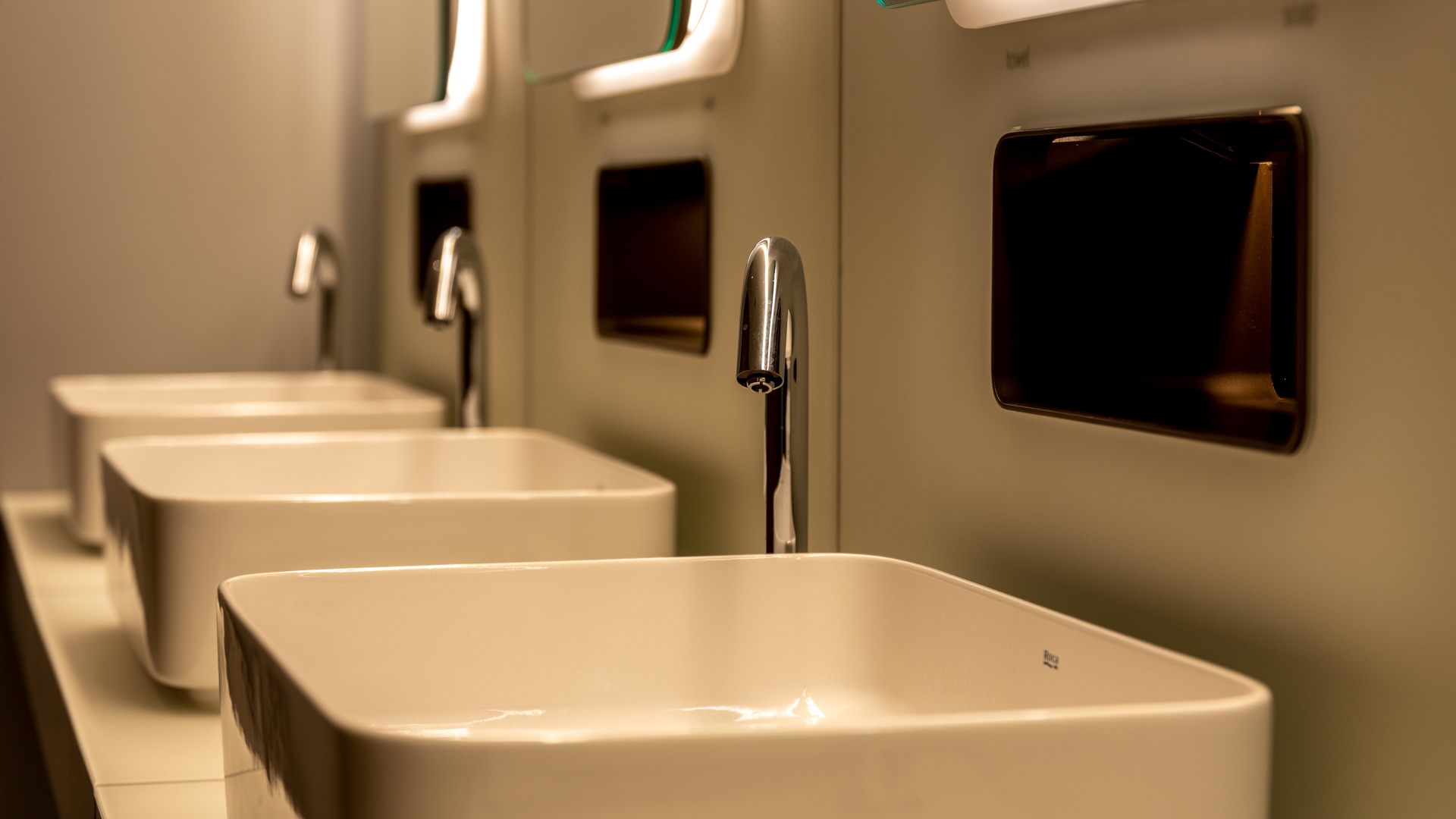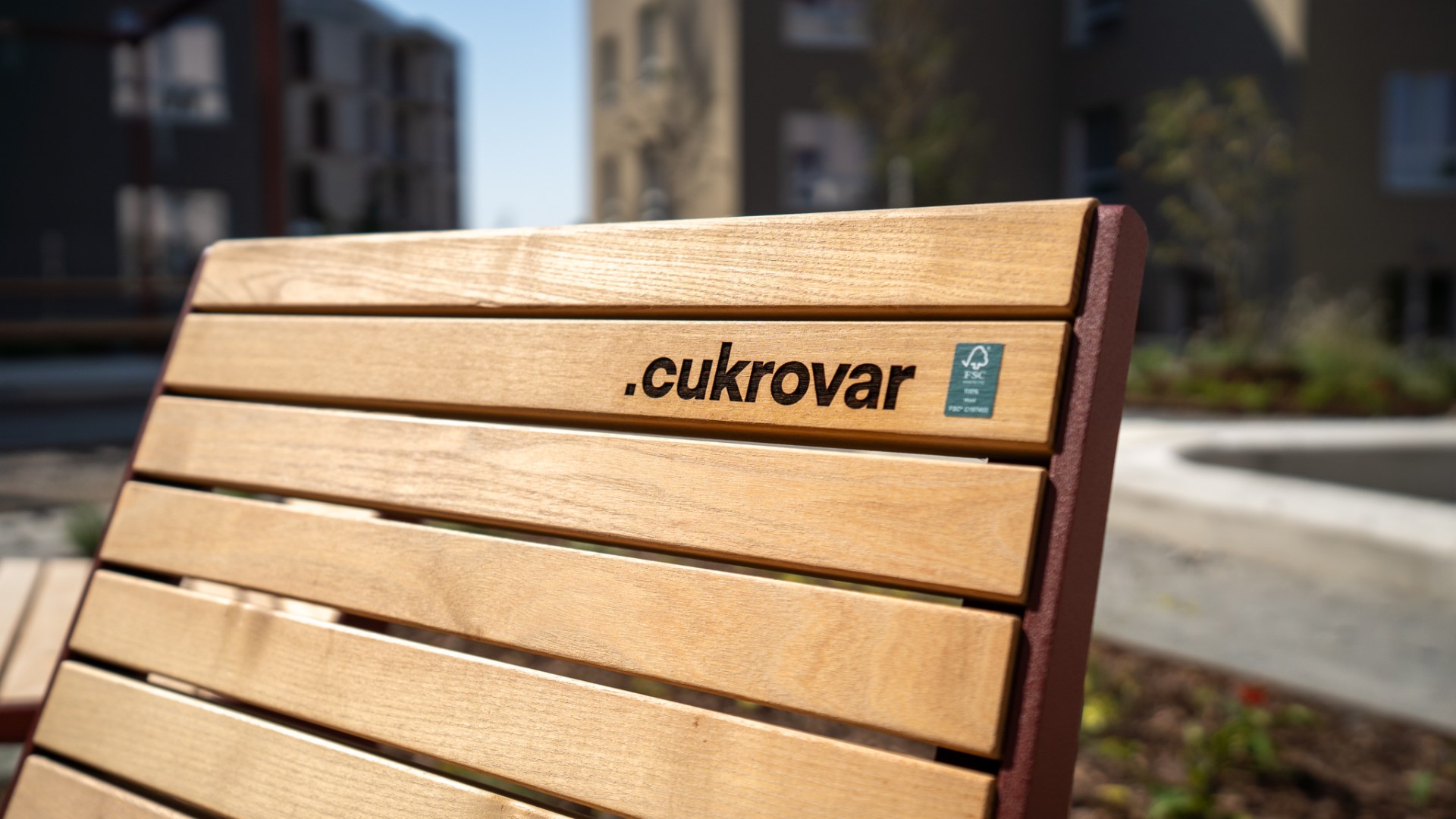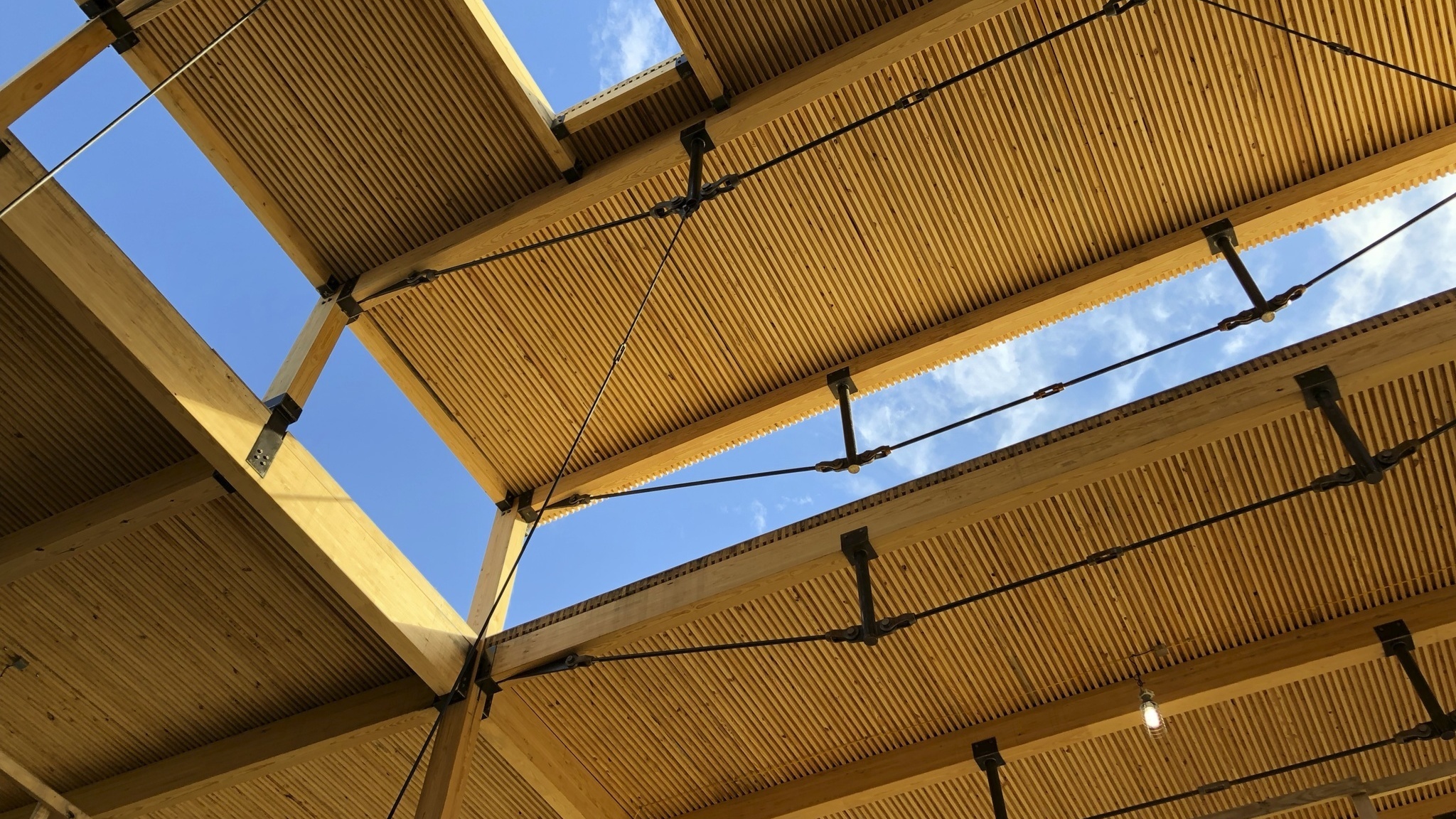

Graywater systems capture and recycle water from sources such as hand basins and showers.
Photo: The Knightsbridge Estate
Access to clean drinking water is limited and demand is increasing. Nearly one in ten people worldwide lack access to clean water, and 750 children under the age of five die every day from diarrheal diseases caused by dirty water and poor sanitation. The situation is likely to worsen with climate change and the extreme weather that follows.
Sweden is one of the countries with the highest levels of water security, but still suffers from drinking water shortages during the warmer months of the year, especially in the southeastern parts. Despite this, toilets continue to be flushed with drinking water.
90 liters per person per day
In a Swedish household, about 90 liters per person per day goes to bath, dish and laundry water, known as graywater. Recycling and treating this water locally can dramatically reduce water consumption.
Multifamily houses with high consumption of both water and energy, which also produce large volumes of graywater, are well-suited for this new technology. Ready-made systems for graywater recycling are available on the market and have already begun to be implemented in other countries. In Sweden, however, the technology is still rare. There is only one pilot project with graywater recycling in multifamily houses so far, but the amount is likely to increase as the EU's water directive is leading to stronger demands for water efficiency.
Economic and environmental benefits
Graywater recycling technology not only contributes to good resource management of the earth's assets but also brings financial advantages. In areas with high water and sewage rates and expensive energy, a graywater recycling system becomes profitable within a few years.
The idea of researching graywater in multifamily houses came from a colleague who had low levels of water in the well at her country house. She commented that it was strange how we flush toilets with perfectly good drinking water. This led to an industry-wide project on how the construction industry can contribute to a more sustainable water supply through graywater recycling.
The project was successful and recently won first prize in the Innovation of the Year award presented by the Swedish Construction Industry Development Fund (SBUF).
An important part of the project was a case study where different graywater recycling systems were compared by being designed for the same multifamily house. A variety of parameters focusing on economics, construction technology and architecture were selected and compiled into a large matrix, intended to guide those considering investing in a graywater recycling system.
The future looks bright
Graywater recycling faces several challenges, including lack of experience, regulations and authorities' processes regarding permits and supervision. There are also economic aspects to consider, such as potential loss of living space, and user aspects, such as skepticism towards recycled water.
However, the interest is high, and the future for the technology looks bright, both in Sweden and internationally.
In the long run, we cannot afford to waste without thinking about reuse. It's not just about water itself, but about starting to see wastewater and sewage as a resource, even when it comes to nutrients and energy. The technology exists; now it's about getting the industry, authorities, and the public on board.
For more details and expert insights, tune in to the full episode of Shaping Sustainable Places on Spotify, Apple Podcasts and YouTube.
Related articles



